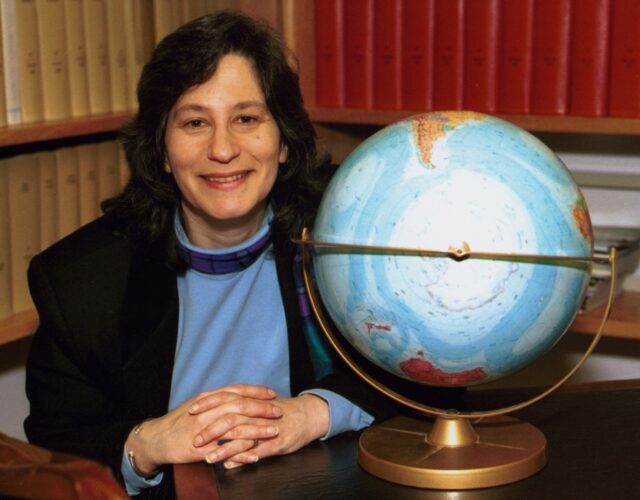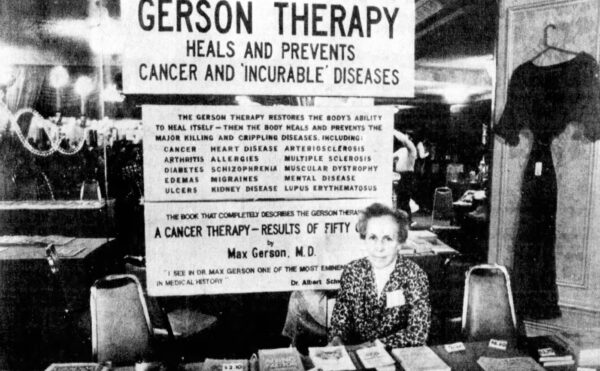Susan Solomon credits Jacques Cousteau for sparking her fascination with science. At the age of 10 she discovered his television program, The Undersea World of Jacques Cousteau, and was attracted by the “sheer beauty, complexity, and elegance” of the world that Cousteau brought to his viewers. Eventually she became a scuba diver, although her professional interests turned skyward when she reached college.
Today Solomon, a senior scientist for the National Oceanic and Atmospheric Administration, is considered one of the leaders in atmospheric science. She has led expeditions in Antarctica, proposed the now-accepted theory about the role of chlorofluorocarbons (CFCs) in creating the ozone hole over Antarctica, received the National Medal of Science, and shared the Nobel Peace Prize.
In 1985, only four years after Solomon received her PhD, British scientists reported the existence of an ozone hole over Antarctica. “When the British Antarctic Survey discovered the ozone hole I was fascinated by it because, although they had seen this remarkable change, they didn’t have sufficient information to know what the mechanism for producing it actually was. So the first thing I did was to write a scientific paper that was published in Nature, which was the first to explain the chemistry that causes the ozone hole,” Solomon says. “The British discovered it . . . but I think it’s fair to say that I’m the one who explained the chemistry that produces it.”
Approximately six months after submitting her paper, Solomon led her first expedition to Antarctica. She and her team went to McMurdo Base in August 1986—the end of winter. They endured nearly 24-hour darkness and brutally cold temperatures, but were present in early spring for the by-then annual opening of the stratospheric ozone hole and collected enough data to show that CFCs were in large part to blame for the ozone depletion.
As sole leader and the only woman in her first expedition to the Antarctic (which included 15 men), Solomon occasionally encountered surprised reactions. Solomon remembers the time the team met the U.S. Navy pilot flying them to McMurdo Base: “The pilot walked in and said, ‘Okay, I’m going to fly you down to Antarctica. Who’s in charge here?’ And I said, ‘I am.’ And he looked at me, and he looked at all the guys, and he looked me, and he looked at all the guys. And it must have taken a full minute of him being completely dumbfounded. But he recovered extremely well. He said, ‘Oh! Good for you.’ I got to know him later and we got along just fine.”
In 2000 Solomon received the National Medal of Science, the highest scientific honor that the United States awards, for “key insights in explaining the cause of the Antarctic ozone hole.” And in 2007 Solomon served as cochair for the climate science group of the Intergovernmental Panel on Climate Change (IPCC). Former Vice President Albert Gore, Jr., and the IPCC jointly received the Nobel Peace Prize for that year.




